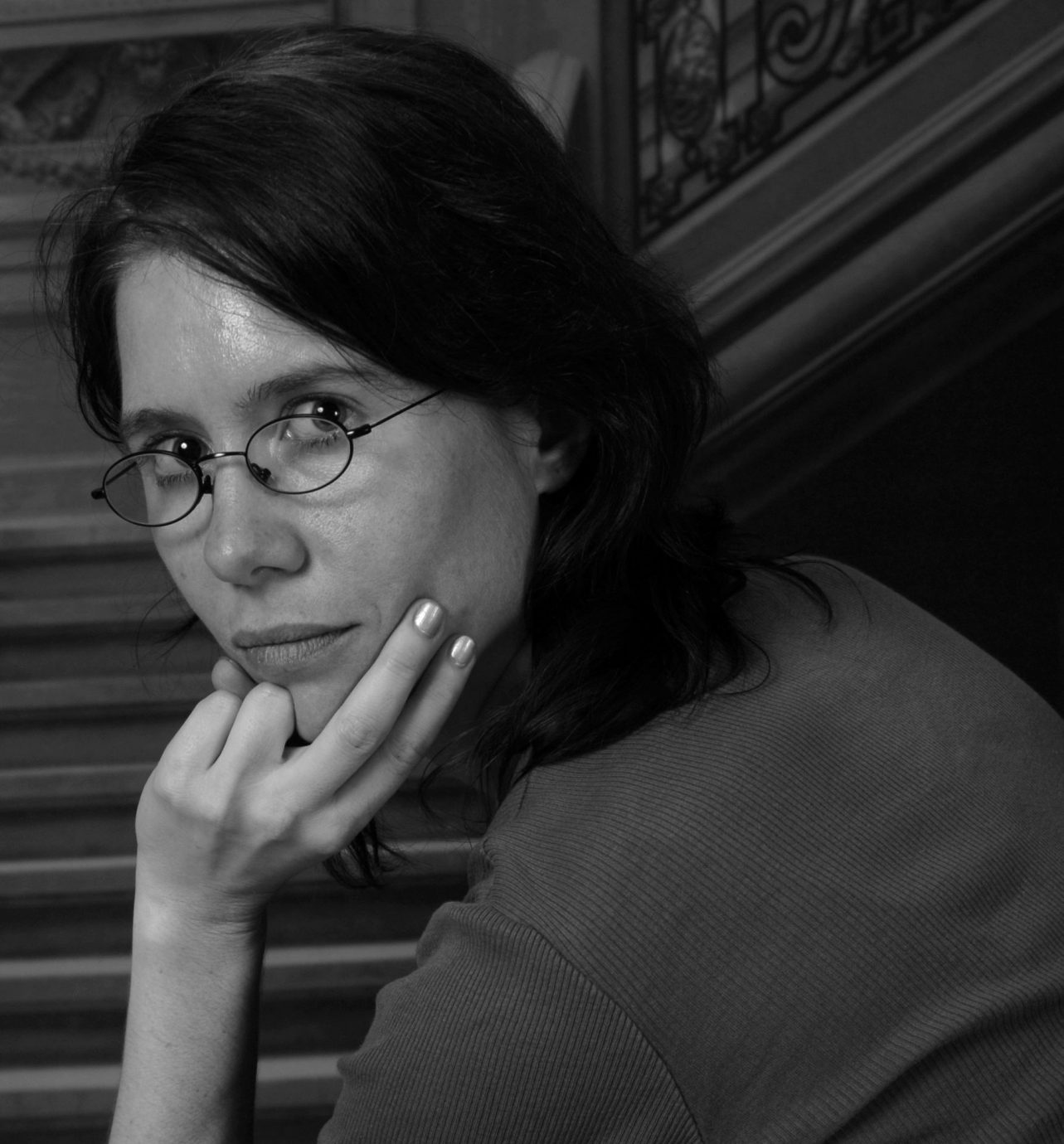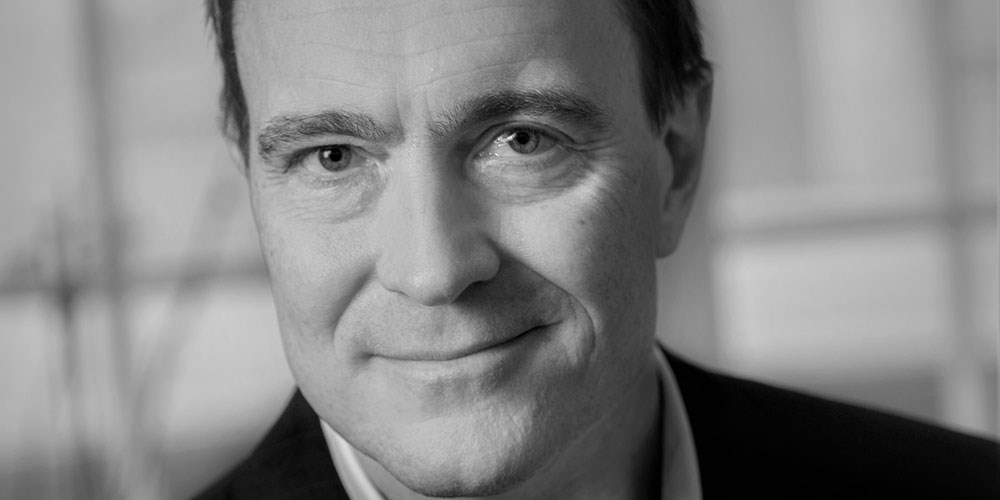A new decade ahead – what will the textile industry look like in 2030?

As 2019 was drawing to a close, we at Polygiene were thinking about the direction for the coming decade. The outcome was a simple but bold idea. We want to change the way we view clothes – from fast consumables to durables.
You see, over time, we have grown up. Yes, we make a valuable function for the individual – odor control that makes you stay fresh. A function that makes people value the comfort of their garments much higher than that of an untreated product. And when we were entering the market, we wanted to focus on that. Products are sold to one person at a time, and each person must understand the value proposition. Fast and clear – it Stays fresh.
But we have also come to understand that the benefit for the environment is better described as invaluable. Keeping clothes alive way longer is not just about money, it is about comfort, self-esteem of the wearer, memories, their history … and importantly the future. It is about the planet but specifically, it is also about securing the future for the textile, clothes and fashion industry. Like many others, we have come to understand that the only sustainable way to do business is not just to try to be a little less bad, but rather find opportunities that are truly good and innovative in order to get there.
A journey begins
This prompted us to take another initiative. During 2020, we have set out to interview several prominent thinkers inside our industry and outside on the challenges ahead. How will the industry change and transform during the 2020s? What will the opportunities be and what will be the sticking points? Can we already now find answers that can speed things up and, also, make our companies more successful? The newsletter you are now reading will serve you these stories, and this is our first!
For some time now, Dr Pamela Ravasio has worked with us as an advisor on sustainability issues. You have probably heard of her? She has accumulated around 20 years of global experiences, working for leading businesses, academia, and as a consultant, liaising closely with textile businesses, as well as NGOs.
One of the first times I saw her name was as the author of an article in the UK newspaper The Guardian in 2012, with the very correct title “Making textiles sustainable isn’t as easy as it seems”. At that time, it was news to me that natural fibers are not necessarily more sustainable than artificial ones, and what caught my eye was that she stressed innovation and cooperation as the keys to the future. Something we have believed in from day one as Polygiene chose the ingredient brand model – if you think of it, it is like saying straight out that you will only do business through collaboration!
So it was very exciting for me to sit down for a chat with Pamela and discuss the past, the present, and the future. How long have we come and what is ahead?

Jawdrop!
“On one hand, there are of course things that are a bit depressing. Look at the lack of results in the recent Madrid Climate Talks (COP25). No agreement was achieved on carbon pricing, there are deep splits both due to regional and local concerns as well as egos that get in the way.”
“Companies are chipping away at the issues, some more generally just rolling with the times, but more and more is happening and we have come to see some truly genuine actors in this space.”
“What keeps me going, what gives me hope”, she continued, “is that some viewpoints that were seen as extreme and outlandish 10 to 16 years ago, are now what we are actually doing and discussing on a global level. That is huge.”
So we have come far in terms of the discussion, but what about concrete action?
“People are today interested in the brands that are different and want to make a difference, that are doing something more, and that are authentic and genuine at it. And the brands that want to make a difference are really serious, so there is certainly hope. And these consumers and these brands keep multiplying. So, in the end there is hope!”
But one of the most surprising things she tells me is who has the biggest clout and are undergoing very rapid, deep and fundamental transformation. It is not the Patagonia, Greta Thunberg or such an actor…
“Look at investment banking. Over 80% of global assets are invested by institutional actors, the ones who handle retirement funds and the like. They can’t just take a three year perspective on things – after all they will need to be able to do payouts in 20, 30 or even 50 years! Hence, they must think about how to fulfill their commitments over a really long run. This has for instance made it increasingly hard to run – never mind build – coal power plants today. And the largest insurers do not want to insure these plants anymore. Too high risk.
“Add to that that more and more corporate boards are discovering this. Perhaps because of questions from precisely those investors – who want to know that companies they invest in can remain in business for a long time. It used to be that management and boards just went quarter by quarter, maybe a couple of years ahead at the best. But it is becoming clear now that some business models are doomed to fail as they are unsustainable (in every sense of the word), and pressure mounts to include much longer time horizons to ensure a company’s survival in these changing times.”
Think about the latest range of corporate bankruptcies on the one hand, and the high-fliers on the other. Traditional retail-based models – in essence information access traders – are being killed off by the dozens. Take as example the travel industry’s “Thomas Cook, the package travel company.” Thomas Cook, one of the largest trip organizers in the world went into bankruptcy during the fall of 2019. “In earlier times, most people could not arrange their own trip, from booking tickets to finding somewhere to stay. So industrial travel was the thing, reducing cost but at the same reducing the experience to eating, sunbathing and getting drunk for a week.”
“But closer to our own industry there are other examples, that are based on the same challenges. Take Forever21, the US fast fashion retailer that had experienced huge international expansion over the years, and who filed for Chapter 11 (bankruptcy) in September 2019. It failed to understand the new young generation and its shopping habits – as well as the reputational damage it had accrued over many years’ consequence of a lack of control over its supply chain, product quality and design processes.”
“Therefore, if you look at the individual component parts, each of these examples carried a backlog of uncovered responsibilities with real-life impact: just being a middle man, adding cost and risk without a clear value add – particularly in sustainability, quality, transparency and accountability terms – is just no longer a recipe to success, but an open door to disaster.”
It is for a reason that particularly in textiles, middle men – agents as they are being called in the industry – are struggling to justify their existence as their trade boasts a history of non-transparency, mismanagement, labor abuse, overly tight cost calculations, unfair incentive and kick-back systems to just name a few. It is changing, but it is a race against the clock.
Her point, she continues, is that sustainable business models are often disruptive models. Models that function fundamentally differently than those existent today, and not a step-wise upgrade of what we have already.
Take the example of Thomas Cook above: “People have always wanted to travel! Historically, in medieval times, German carpenters traveled the world based on their skill. Today people can share their houses on AirBnB or couch surfing, and it is almost like old and new coming together – custom-made experiences based on trading what you have and actually travelling to meet people and interact with them. That’s a completely new model.”
Change is not an option – or is it?!

Everyone loves change, except when it affects ourselves, I remind myself.
One of the things that startled everyone in the industry in recent years is that compared to 15 years ago, people buy 60% more garments and throw them away almost twice as fast. This means that every year over 14 garments per person are made and about 10 kg of textile are discarded for every person on earth. Combine this with the toll each garment takes on the environment, and it is clear it will not stand.
“It is more important than ever to be very clear about our value add, and our vision. We had better simply think about how to grow the business on value, rather than volume, and the pressure is on to show everyone that our industry is acting forcefully and responsibly to change the practices we know must go.”
But how are we going to do this?
“Figuring out how to make more money while producing ever less “stuff”, while ensuring that the “stuff” also regenerates (replenishes) current natural resources” – this is the ultimate challenge of the 21st century.
Those companies and entrepreneurs that figure out how to get that done first will be the ones to prosper.” That wraps it up for Pamela and me at his time, leaving me with new insights but also new questions. How can all this be done?
Follow me on my future interviews and let us find out together!
About the author
Mats Georgson, CMO at Polygiene. has a PhD in Marketing Communication from the University of Connecticut and has been a (part-time) assistant professor at the Department of Advertising and Public Relations at the Stockholm University for 10 years. In his previous career he had a position as Global Brand Director for Sony Ericsson and was responsible for the brand project Bluetooth and Sony Ericsson’s brand strategy. He is also co-author of the leading academic textbook for branding: Strategic Brand Management: A European Perspective(Keller, Apéria, Georgson) and has run a successful branding consulting company since 2003. He is a popular public speaker on the subject of branding in different segments and industries.






